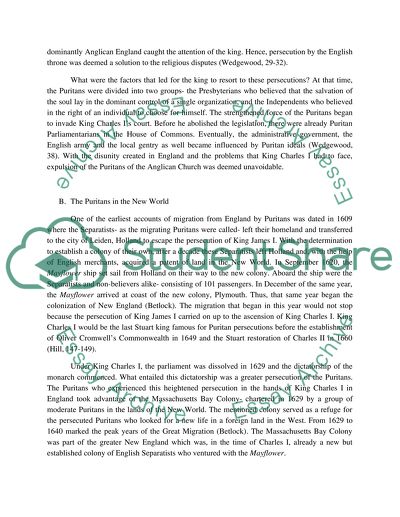Cite this document
(The Puritans in the American Soil Assignment Example | Topics and Well Written Essays - 1000 words, n.d.)
The Puritans in the American Soil Assignment Example | Topics and Well Written Essays - 1000 words. Retrieved from https://studentshare.org/history/1572259-us-history
The Puritans in the American Soil Assignment Example | Topics and Well Written Essays - 1000 words. Retrieved from https://studentshare.org/history/1572259-us-history
(The Puritans in the American Soil Assignment Example | Topics and Well Written Essays - 1000 Words)
The Puritans in the American Soil Assignment Example | Topics and Well Written Essays - 1000 Words. https://studentshare.org/history/1572259-us-history.
The Puritans in the American Soil Assignment Example | Topics and Well Written Essays - 1000 Words. https://studentshare.org/history/1572259-us-history.
“The Puritans in the American Soil Assignment Example | Topics and Well Written Essays - 1000 Words”. https://studentshare.org/history/1572259-us-history.


